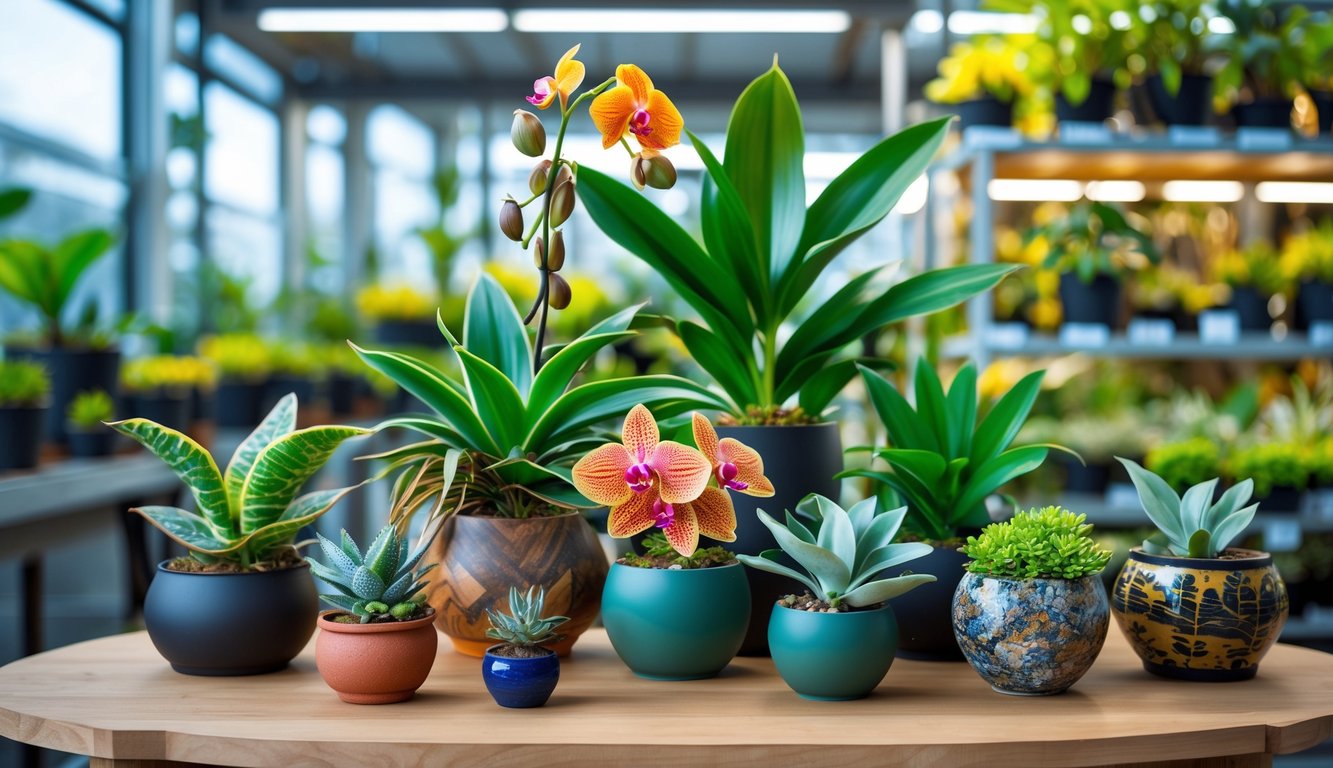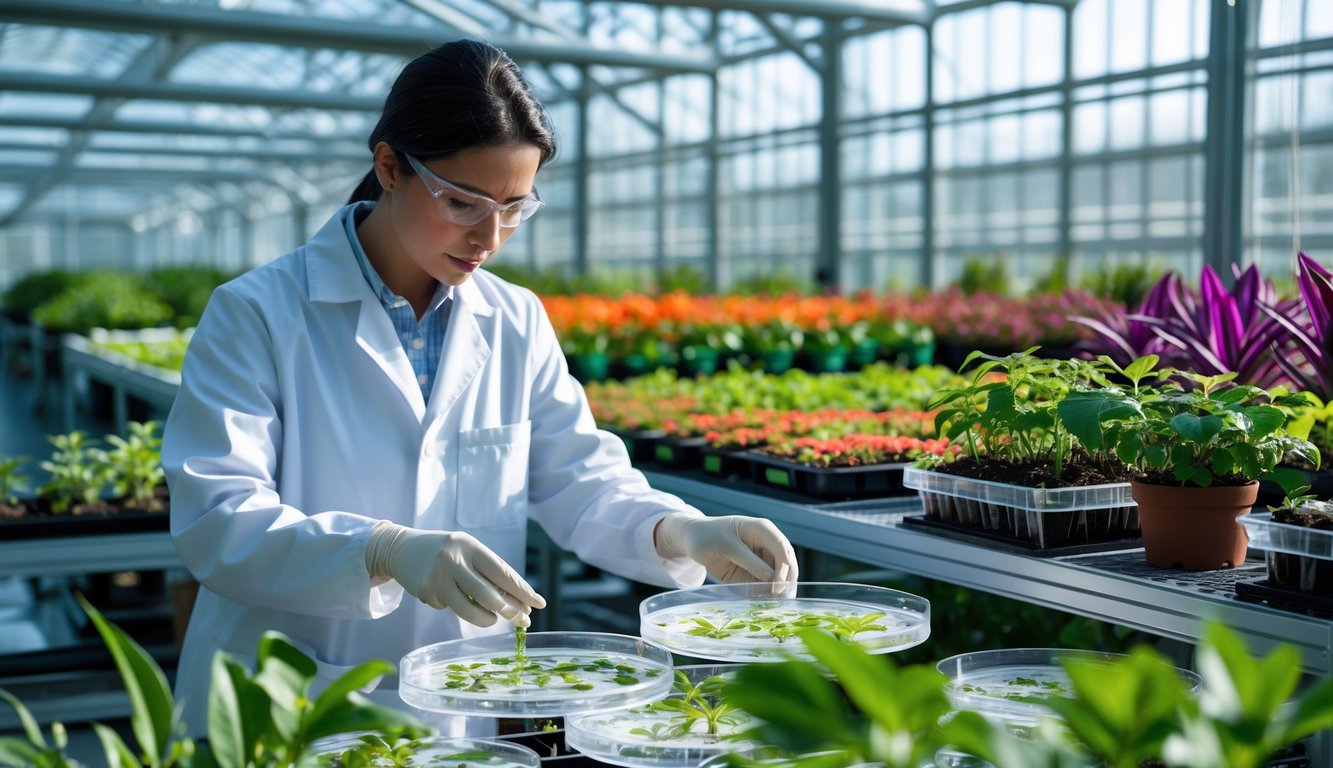
The Role of Social Media in Spotlighting Rare Plants
I can’t scroll Instagram these days without seeing Monstera prices going off the rails. Garden centers? Irrelevant. Instagram’s where the chaos starts. It’s not about finding a cool plant for your shelf anymore—it’s about guessing what’s gonna blow up next week and beating everyone else to it.
Instagram Influence on Plant Trends
If I see another boomerang of someone’s Alocasia ‘Frydiek’ with 10,000 likes—seriously, why? Instagram’s explore page is basically an auction house now. One Philodendron Pink Princess photo goes viral and suddenly people drop $400 on a cutting. Wholesale price is what, $15? Wild. I’ve posted a rare haul with #urbanjungle and my DMs light up with sellers. The second a post gets traction, everyone wants the same clone. I’ve watched Facebook sellers scramble for restocks after a TikTok trend hits. eBay fills up with “authentic” listings, prices spike in real time. And nobody’s dumb—people check seller backgrounds, swap stories in PlantSwap forums, try to avoid getting scammed (doesn’t always work).
Building Community and Driving Sales
It’s chaos. Instagram DMs blow up the second someone posts a rare Syngonium, but at the same time, there’s this weird camaraderie. I know at least three sellers who track profits and swear 65% of new buyers came from Instagram referrals—especially after those “top five wishlist” reels went viral last spring.
Every time I post an unusual Anthurium, people bombard me with “where’d you get that?” and suddenly there’s a whole mini-market in my comments. Group chats, collective wishlists, spreadsheets with verified sellers—someone even shared a guide on import permits after a shipment got seized. Half the chat is fungus gnat memes, the other half is logistics for splitting a box from Thailand. Makes sense, I guess.
Sourcing Rare Plants: From Tissue Culture to Greenhouses

Everyone’s after rare cuttings and lab clones, but honestly, most people confuse crowded greenhouses with actual supply. Not even close. Tissue-cultured Monstera albo? Sure, but a collector’s one-off Philodendron from Ecuador? That’s a different game.
Botanical Gardens and Rare Plant Finds
Nobody ever thinks to ask staff at botanic gardens about rare propagation projects or seed swaps. I overheard a Kew curator say their rarest orchids just go to a handful of volunteers—never hit the gift shop. Public displays? Just the tip of the iceberg. The real finds are behind the scenes—stuff like Scindapsus species nobody’s cataloged. Pro tip: sign up for insiders’ tours, talk to the Latin-speakers, skip the shop.
Here’s a table of propagation sources I’ve actually used:
| Source Type | Typical Access | What You Can Really Get |
|---|---|---|
| Botanic Gardens | Members, volunteers, swaps | Unique species, wild cuttings |
| Plant Societies | Meetings, seed exchanges | Rare seeds, tips from experts |
| Academic Labs | Research connections | Unreleased micropropagation |
Never trust plant tags without question. I bought an Anthurium “crystallinum” from a conservatory sale—turned out to be a hybrid, according to gene tests. Oops.
Commercial Propagation Methods
People keep saying everything’s tissue culture now, but honestly, most “lab” plants I see just look like mass-produced clones from some greenhouse in Thailand. Micropropagation does crank out disease-free clones (Hort Journal Australia swears by it), and it helps preserve rare stuff. But here’s the thing—companies like Plants Without Borders skip half the import paperwork, and sometimes your “rare” plant shows up half-dead. Or not at all.
Always ask sellers: is it tissue culture, a cutting, or greenhouse-grown? Tissue culture makes rare plants cheap, but let’s be honest—those clones lack the weird quirks you get from seed-grown stuff. Fastest flips I’ve seen? Aroids from nurseries that call everything “lab and soil propagated.” Whatever that means, they sell. Want supplier lists? Hang out in plant trade Discords at 1AM. Someone always leaks a source, but nobody agrees on what’s legit.